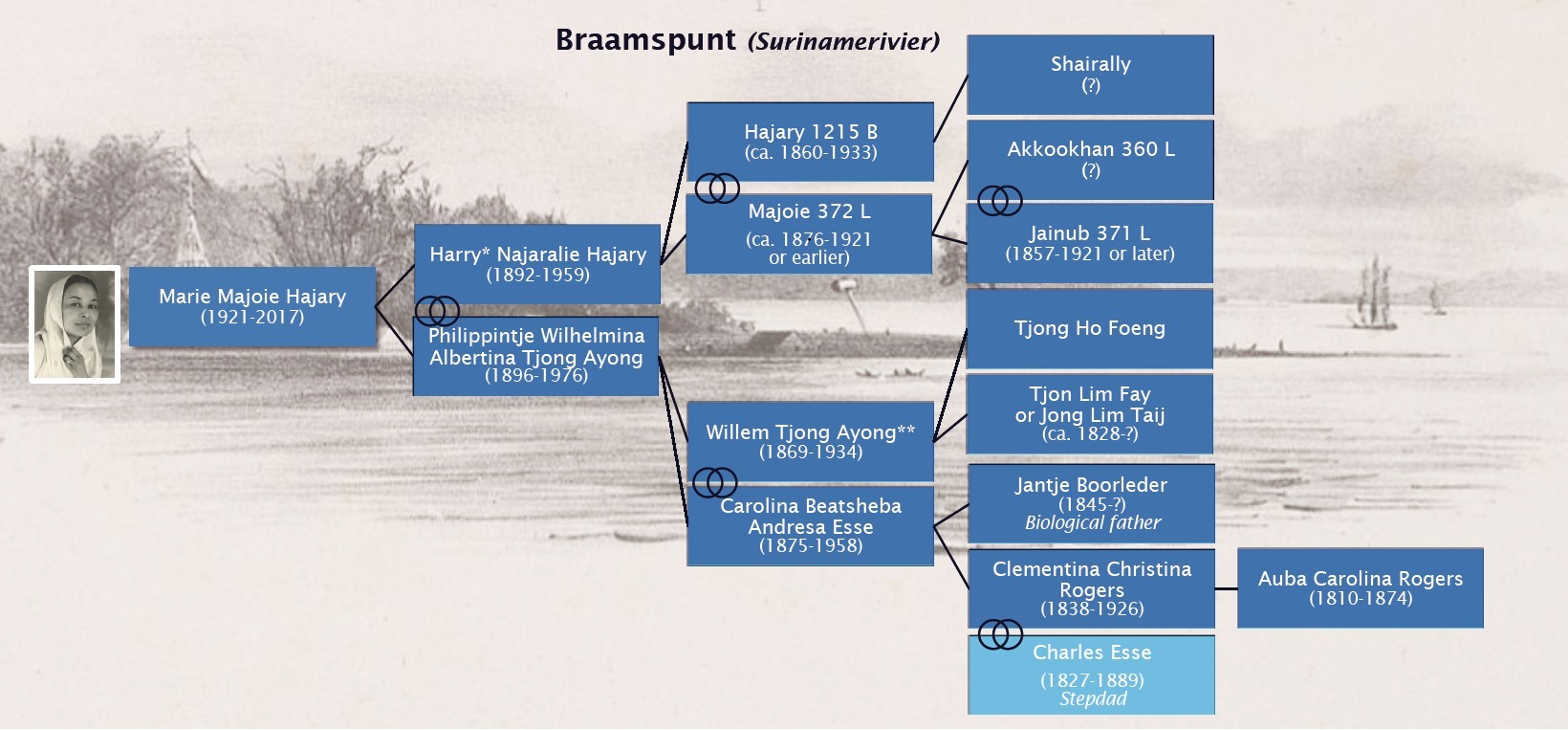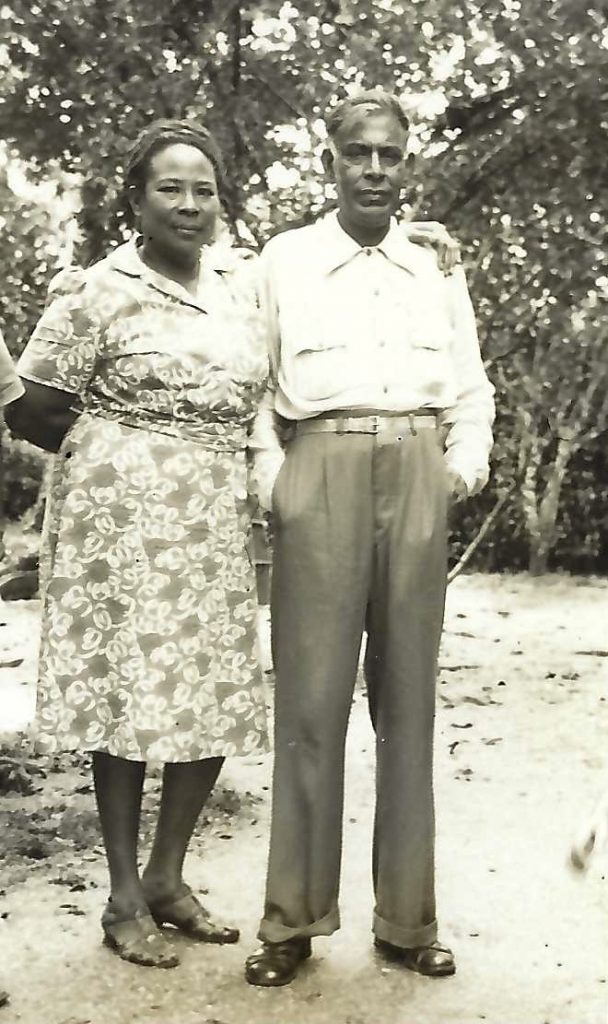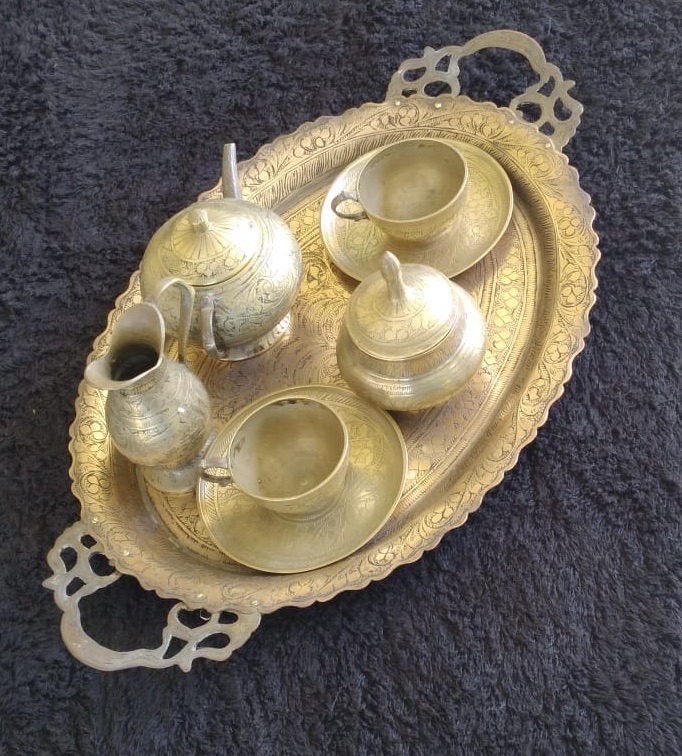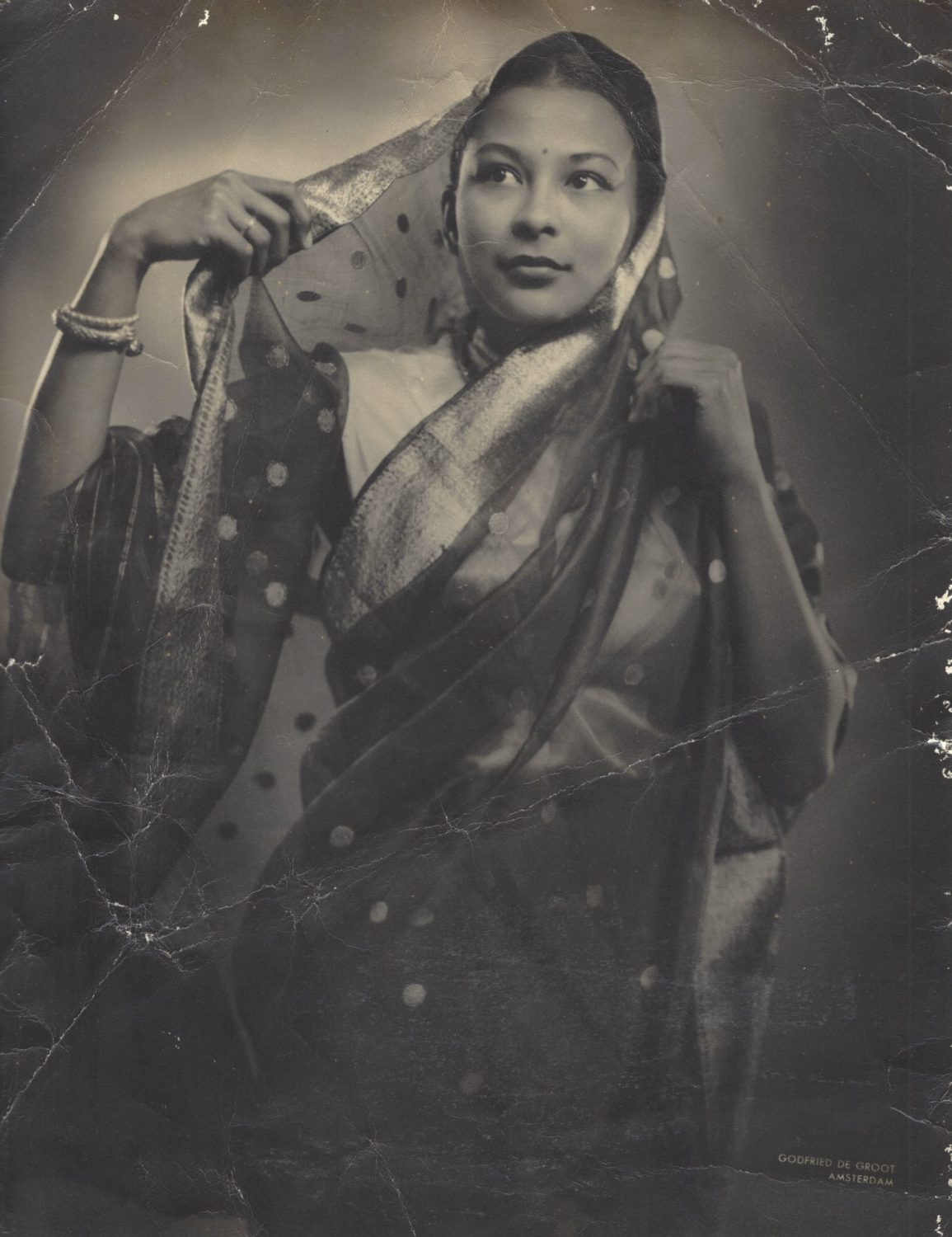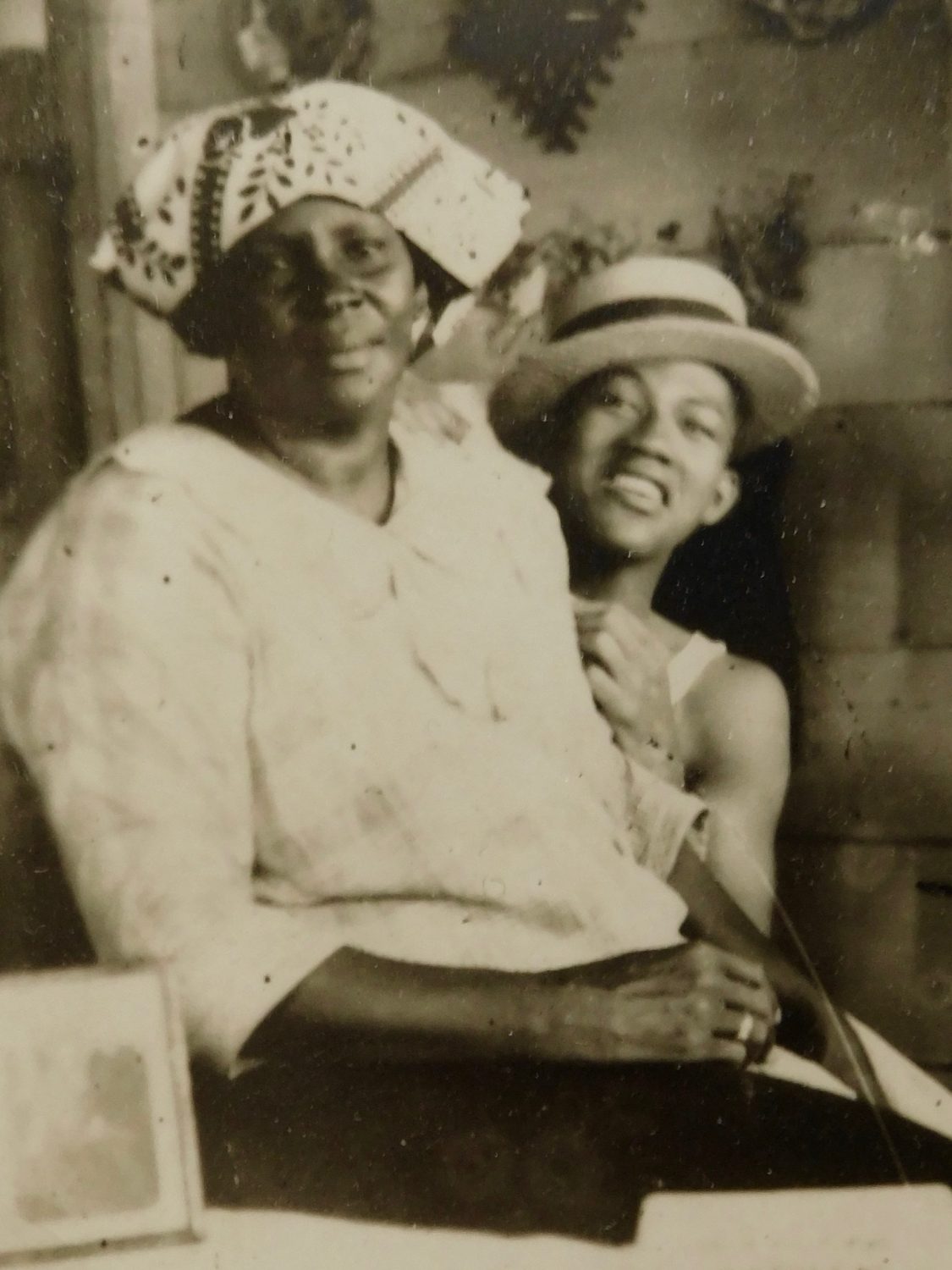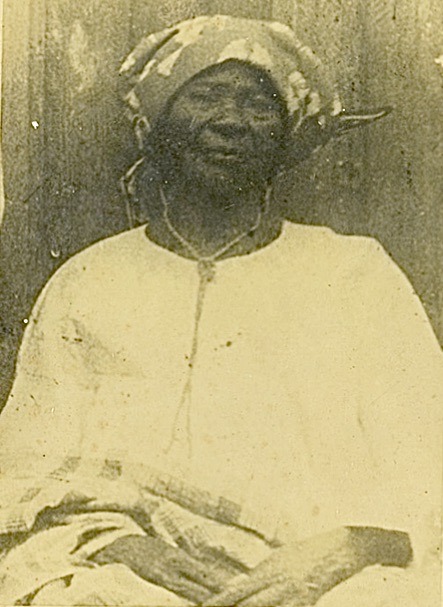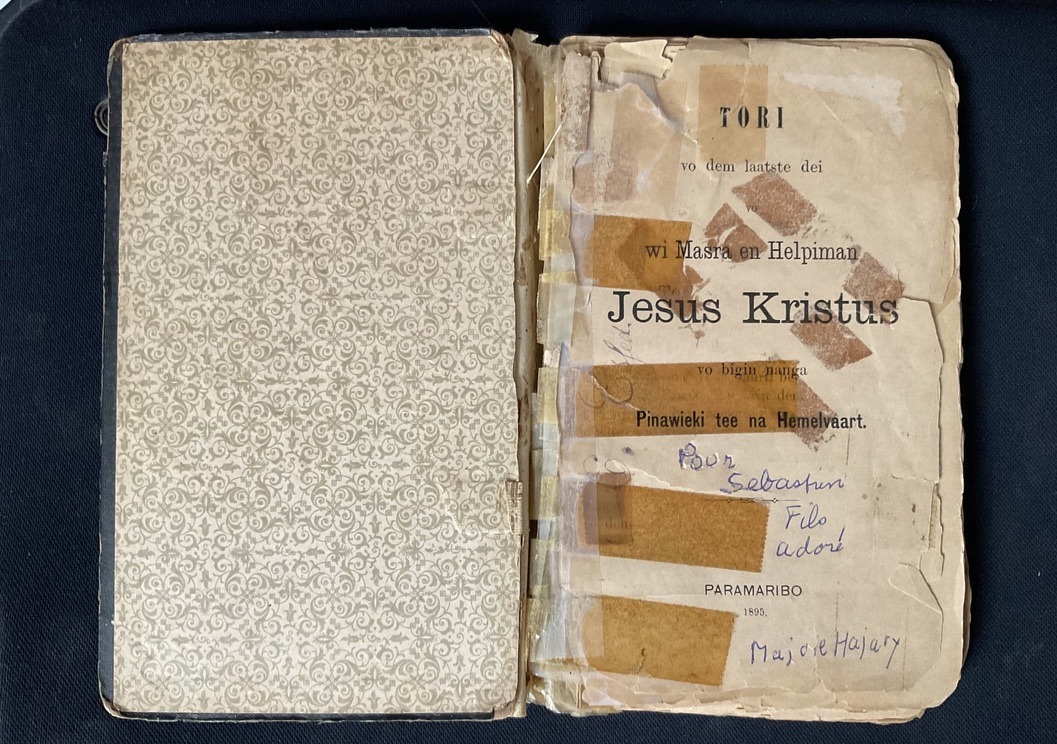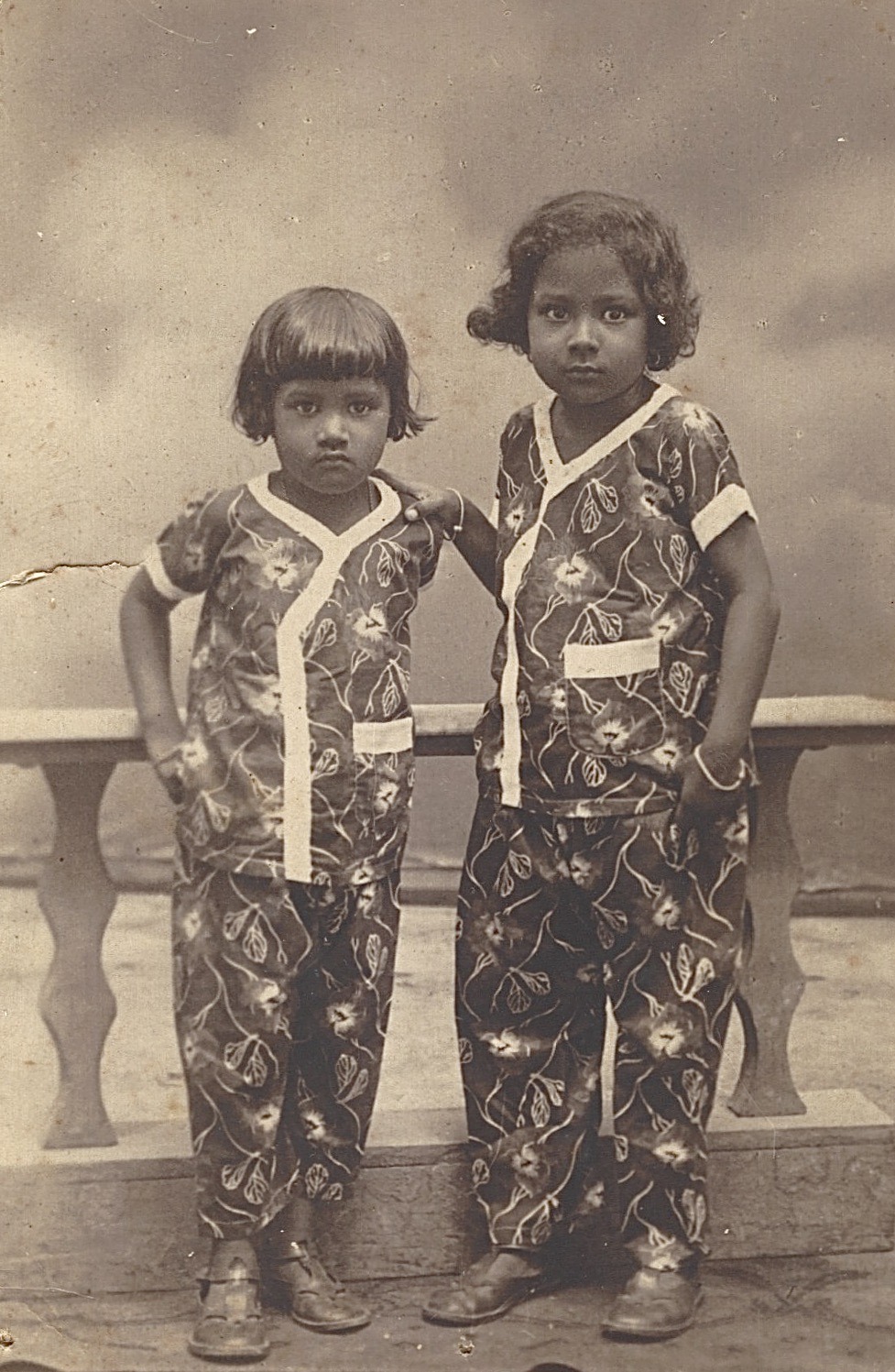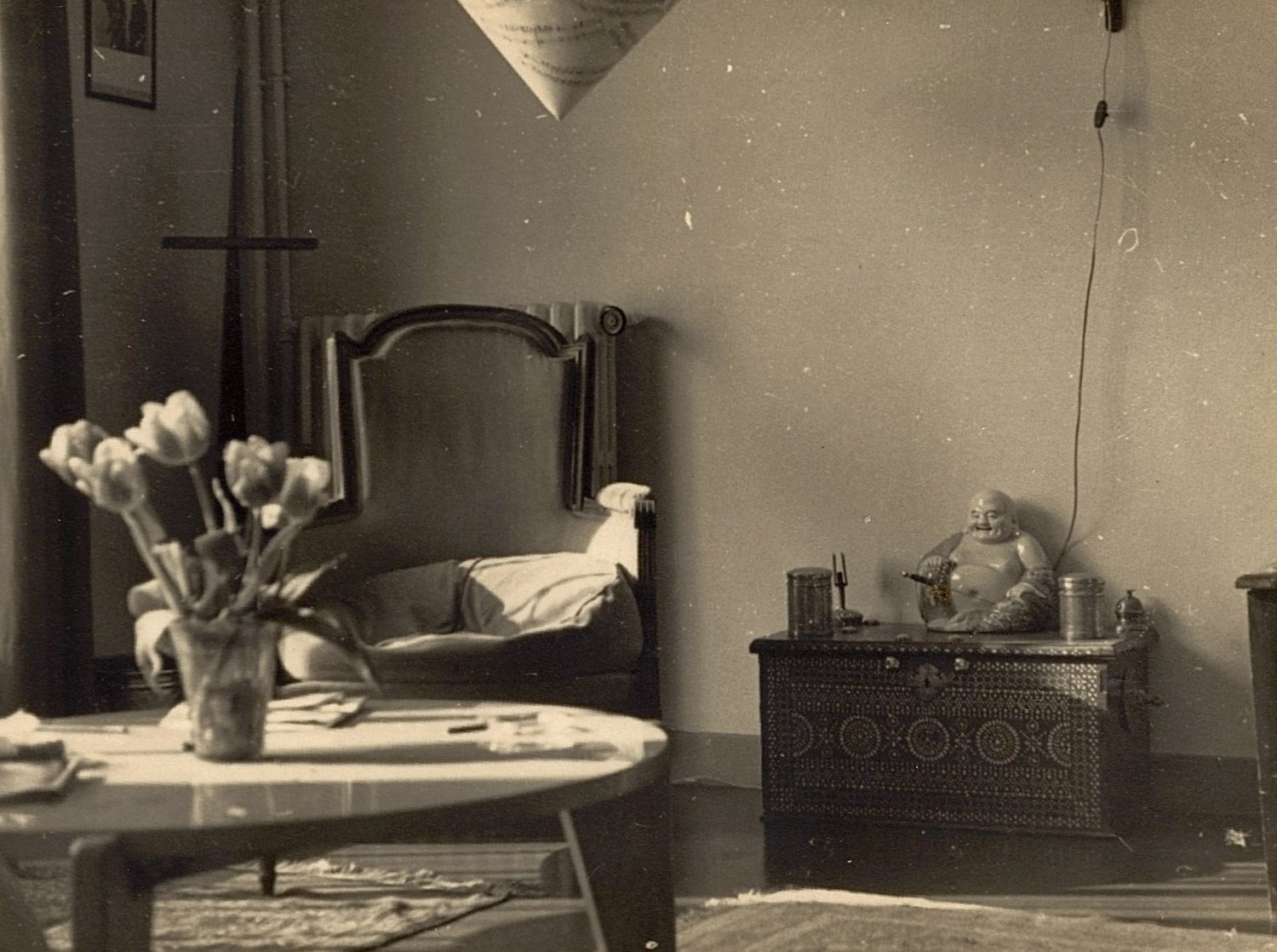Family tree
Majoie Hajary’s ancestors came from Africa, China and India. At Braampunt, at the mouth of the Suriname River, they enter Suriname by ship.
* y is also written as ij, here y is used.
** Tjong Ayong, also written Tjong Ajong with or without hyphen
Benoit, Pierre (Pierre Jacques) et al. Voyage à Surinam : description des possessions néerlandaises dans la Guyane. Bruxelles: Société des Beaux-Arts De Wasme et Laurent, 1839. Pl. I. Lithografie door P. Lauters.
Allard Pierson – De collectie Surinamica van de Universiteit van Amsterdam
